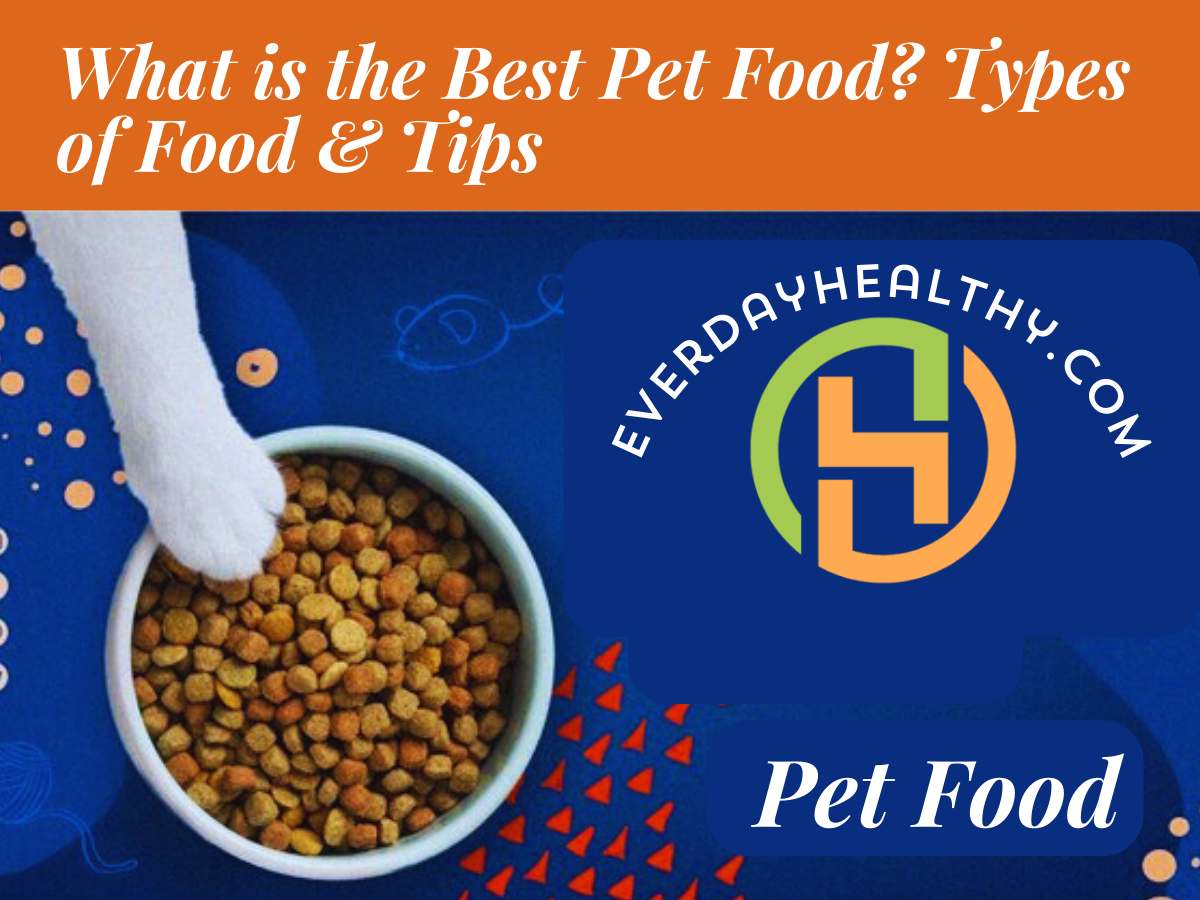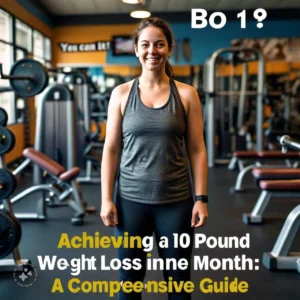Best Pet Food
When it comes to our beloved pets, their health and good are at the top of our priority list. A significant part of ensuring their health is providing them with the best pet food. However, with the plethora of options available in the market, it can be challenging to determine which pet food is truly the best. This comprehensive guide aims to demystify pet food, helping you make informed choices for your furry, feathered, or scaled family members.


Understanding Pet Food: Types and Categories
Pet food comes in various forms and types each designed to meet different dietary needs. Broadly pet food can be categorized into dry food wet food and raw or homemade diets.
Dry Food
Dry food is perhaps the most common type of pet food. It is convenient easy to store and typically more affordable than other types. Dry food is beneficial for dental health as the crunchy texture can help reduce tartar buildup.
However, it is essential to choose high-quality kibble that offers balanced nutrition without excessive fillers like corn and wheat.
Wet Food
Wet food is highly palatable and is a great option for pets who may be picky eaters or have dental issues that make chewing kibble difficult. It typically has a higher moisture content which can help with hydration, especially in cats who may not drink enough water.
While more expensive and requiring refrigeration after opening wet food can be a nutritious addition to your pet’s diet.
Raw or Homemade Diets
Some pet owners prefer to feed their pets raw or homemade diets. These diets can be tailored to the specific needs of the pet using fresh high-quality ingredients.
However, they require a significant time investment and a thorough understanding of pet nutrition to ensure the diet is balanced and safe. Raw diets can also pose a risk of bacterial contamination if not handled properly.
Nutritional Needs of Different Pets
Different pets have different nutritional needs. Understanding these needs is crucial for selecting the best pet food.
Dogs
Dogs are omnivores, which means their diet can include both animal and plant-based foods. A balanced dog diet should include:
- Protein: Essential for muscle development and overall health. Sources include meat, fish and eggs.
- Fats: Provide energy and support skin and coat health. Sources include fish oil and chicken fat.
- Carbohydrates: Offer energy and fiber. Sources include grains, vegetables and fruits.
- Vitamins and Minerals: Crucial for various bodily functions and overall health. These are often included in commercial dog foods in the right proportions.
Cats
Cats are obligate carnivores, meaning they require a diet primarily composed of meat. Key nutritional components for cats include:
- Protein: Vital for maintaining muscle mass and energy levels. Sources include poultry, fish, and beef.
- Taurine: An essential amino acid that cats cannot produce in sufficient quantities on their own. It’s found in animal tissues.
- Fats: Necessary for energy and healthy skin and coat. Sources include fish oil and chicken fat.
- Water: Cats often do not drink enough water making the moisture content in their food critical.


Other Pets
Birds: Require a diet rich in seeds, fruits, vegetables, and specialized pellets. Specific needs vary by species.
Reptiles: Have highly specialized diets depending on the species, including insects, small animals, or plant matter.
Small Mammals (Rabbits, Guinea Pigs, Hamsters): Typically require high-fiber diets with hay, fresh vegetables, and specially formulated pellets.
Tips for Choosing the Best Pet Food
Consult Your Veterinarian: Always consult with your veterinarian before making significant changes to your pet’s diet.
- Consider Your Pets Preferences: Some pets may prefer wet food over dry or have specific taste preferences.
- Monitor Your Pet’s Health: Pay attention to changes in your pet’s coat, weight, and energy levels which can indicate how well they are responding to their diet.
- Avoid Frequent Changes: Stick with one type of food once you find what works. Frequent changes can lead to digestive issues.
- Check for Recalls: Stay informed about pet food recalls to ensure your pet’s food is safe.
Making the Transition to a New Pet Food
Switching your pet’s food should be done gradually to avoid digestive upset. Here is a simple guide:
- Day 1-2: Mix 25% of the new food with 75% of the old food.
- Day 3-4: Mix 50% of the new food with 50% of the old food.
- Day 5-6: Mix 75% of the new food with 25% of the old food.
- Day 7: Serve 100% of the new food.
Monitor your pet during this transition for any signs of digestive upset such as vomiting or diarrhea. If any issues arise slow down the transition process.
Conclusion
Choosing the best pet food is a crucial part of ensuring the health and happiness of your pet. By understanding the different types of pet food the nutritional needs of your pet and how to read pet food labels you can make an informed decision.
Remember, the best pet food is one that meets your pet’s specific needs and preferences keeping them healthy happy, and full of life.
FAQ’s
Ques -1 What is pet food called?
Pet food is commonly called kibble for dry food, canned food for wet varieties, or simply pet food, tailored to different animals’ dietary needs.
Ques -2 What is the purpose of pet food?
The purpose of pet food is to provide pets with balanced nutrition, supporting their health, growth, and overall health through appropriate vitamins, minerals, and energy sources.
Join Our Facebook Page Now:
You may also link this post:





